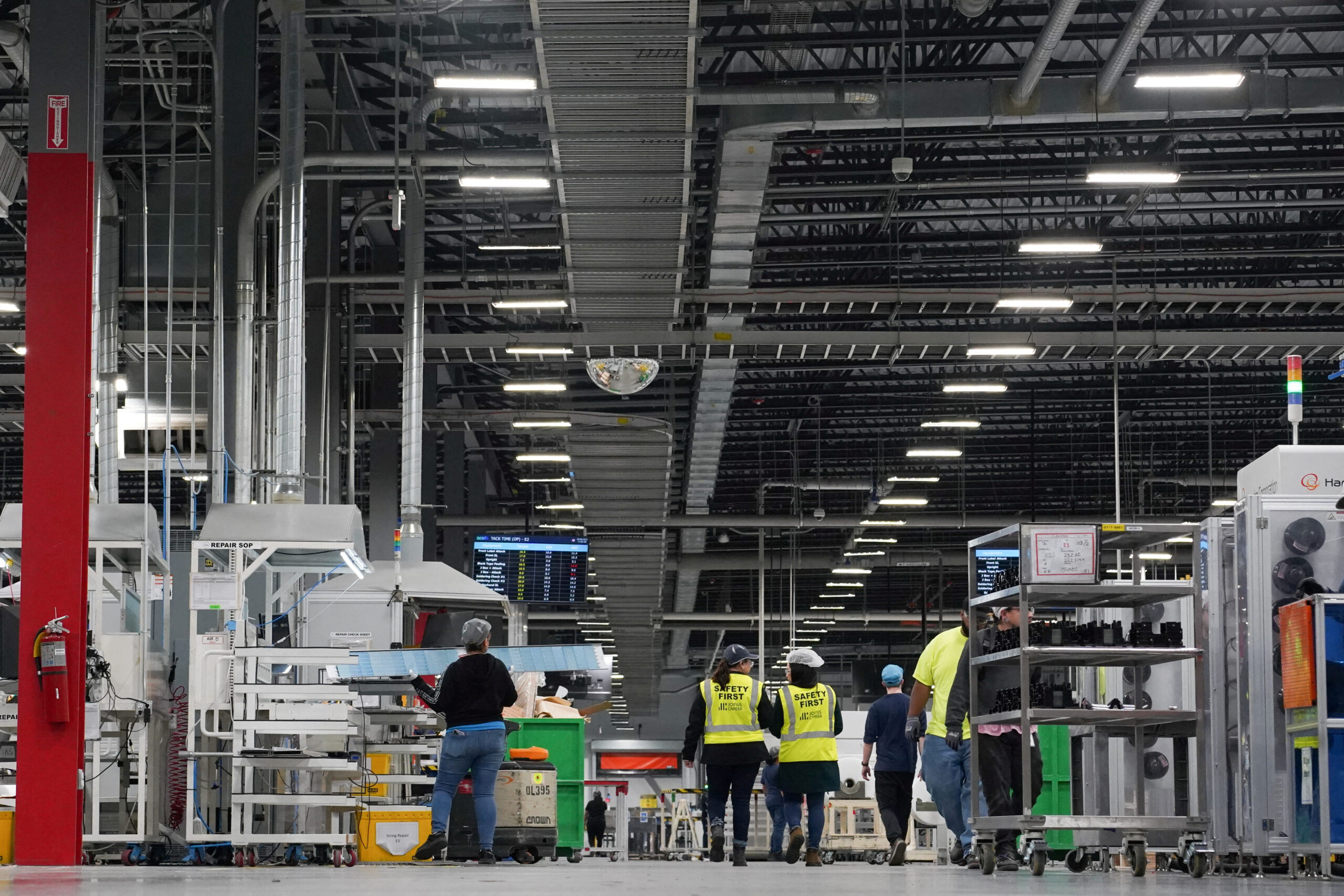WASHINGTON – A measure of U.S. manufacturing activity dropped to an eight-month low in July amid a slump in new orders. However, it likely exaggerates the industry’s struggles as production at factories rebounded sharply in the second quarter.
On Thursday, the Institute for Supply Management (ISM) said that its manufacturing PMI dropped to 46.8 last month, the lowest reading since November, from 48.5 in June. A PMI reading below 50 indicates a contraction in the manufacturing sector, accounting for 10.3% of the economy.
Despite declining for a fourth straight month, the PMI remained above the 42.5 level that the ISM said over time generally indicates an expansion of the overall economy.
Economists polled by Reuters had forecast the PMI edging up to 48.8.
Higher interest rates have undercut manufacturing, but the situation may not be as dire as sentiment surveys like the ISM suggest. So-called hard data from the government and Federal Reserve suggests the industry has stabilized.
Data from the Fed last month showed factory production rebounded at a 3.4% annualized rate in the second quarter after contracting at a 1.3% pace in the January-March quarter.
The Commerce Department last week reported that spending on goods had picked up by the second quarter after hitting a soft patch in the first three months of the year, with motor vehicles helping to power economic growth.
The U.S. central bank on Wednesday kept its benchmark overnight interest rate in the 5.25%-5.50% range, where it has been since last July, but opened the door to reducing borrowing costs as soon as its next meeting in September.
The ISM survey’s forward-looking new orders sub-index fell to 47.4 last month from 49.3 in June. Output continued to decline, with the production sub-index sliding to 45.9 from 48.5 in June. Despite subdued orders, manufacturers faced higher prices for inputs, likely reflecting soaring freight rates.
The survey’s measure of prices paid by manufacturers increased to 52.9 from 52.1 in June. Its measure of supplier deliveries rose to 52.6 from 49.8 in June. A reading above 50 indicates slower deliveries.
Factory employment continued to shrink as firms reduced headcounts through layoffs, attrition, and hiring freezes.
(Source: ReutersReuters)
Edward Cooke is a financial analyst, freelance writer, and editor. He has six years of experience in financial journalism. He has an in-depth understanding of equities markets, tracking major indices and providing real-time analysis on stock price movements, corporate earnings, and market sentiment. Read Full Bio










